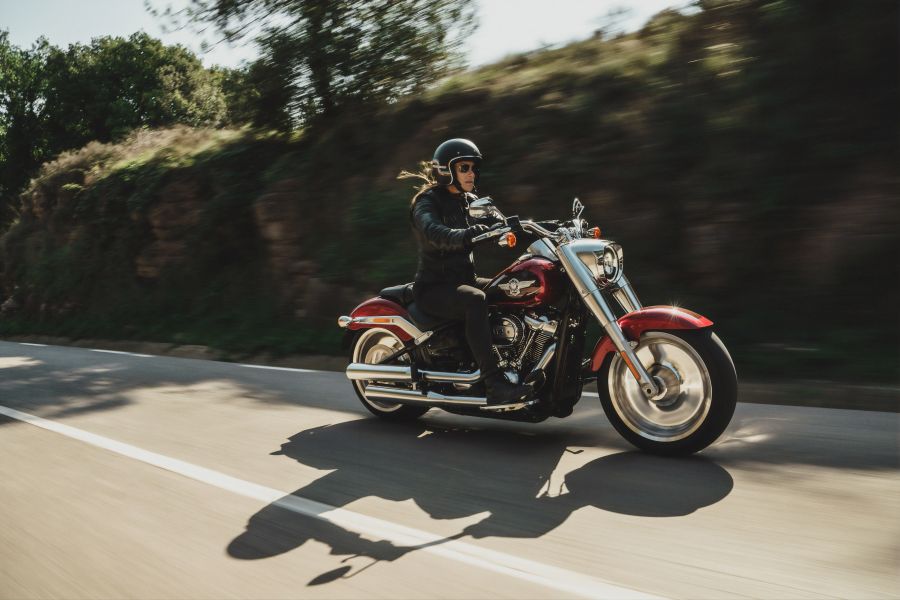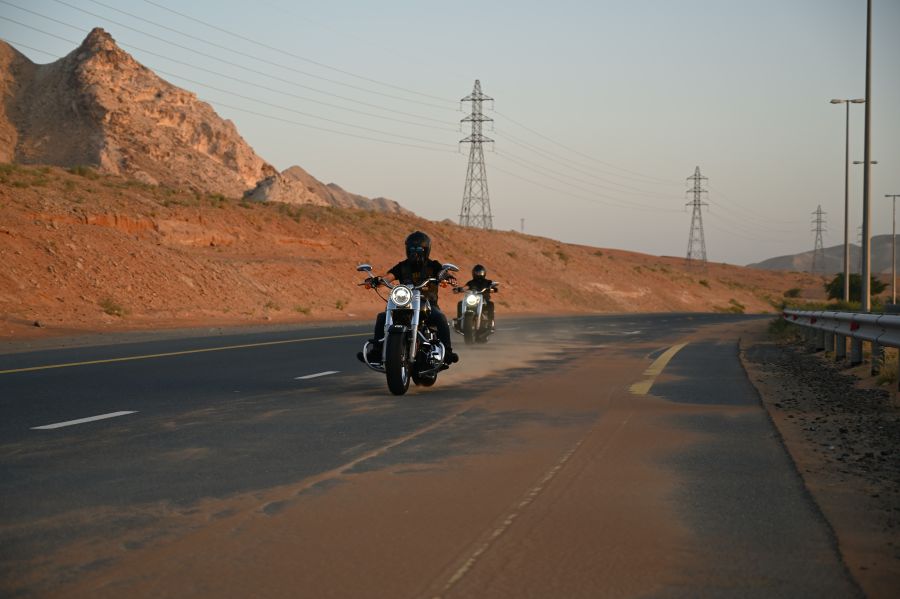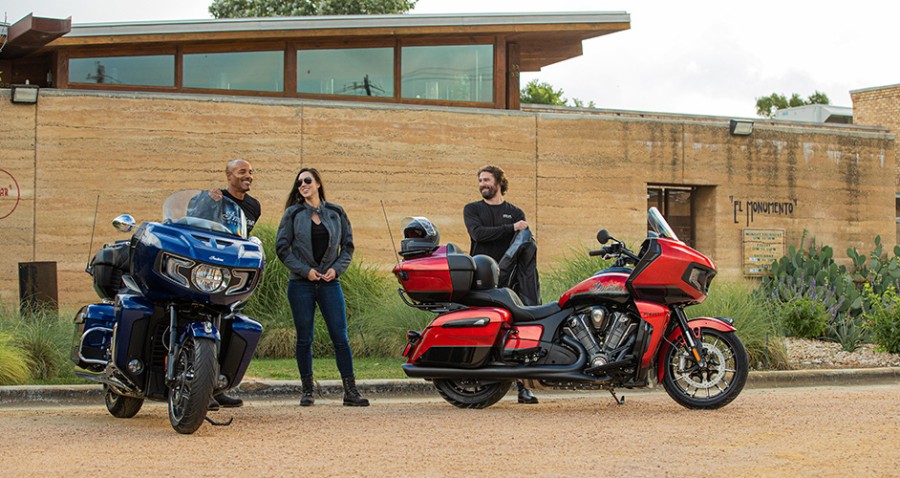
Nobody is naturally a rider. Some people would actually prefer to relax and let another person take them on a trip, which may be hard for those of us who are not understanding. All parties can have fun with this. The motorcyclist gets to share their love of riding with the passenger, who gets to experience a motorcycle without learning to ride.
So, how do you ride with a passenger? Wearing motorcycle gear is the most important thing you and your passenger need to do. You also need to be able to talk to and understand your passenger well, especially when you have to make sharp turns or stop quickly.
Of course, there are appropriate and inappropriate ways to approach this. I learned this the incorrect way when I was in middle school and got on the back of a friend’s dirt bike as he did wheelies all over his yard. Here, our attention will be on doing things the correct way.
Table of Contents
How To Ride A Motorcycle With A Passenger?

Here are the most important things you need to pay attention to when riding with a passenger:
1. Protect Yourself And Your Passenger
Although it ought to be obvious, we’ll nonetheless state it. Make sure your passenger is wearing high-quality riding equipment. They are traveling in the same vehicle as you and taking the same risks.
They ought to be protected equally. Imagine the shame you would have if you dropped the bike and you were unharmed, but your passenger suffered from severe road rash.
2. Moving Forward
Before letting your passenger board, signal to them that you are ready. They should board from the left side, with the passenger footpegs down. To stabilize the motorcycle, brace your legs. To further steady it, I also prefer to maintain pressure on the front brake during this procedure.
Give them the go-ahead to continue when you’re ready. Normally, they ought to just cross their right leg over the motorcycle, as you do. You might need to find a different solution if the upper trunk, the backrest, or whatever else is in the way.
Tip: Anticipate your passenger to be inexperienced because they haven’t yet mastered the routine, especially if this is their first time. Simply maintain the motorcycle’s upright position while bracing it with your legs and the front brake until they are seated on it with their feet securely on the pegs.
3. Consider The Additional Weight

I’ve seen folks ride passengers on Honda Groms, but I don’t advise it. The weight of that passenger will have a significant impact on the bike’s performance and handling, even on a bigger bike. Prepare yourself for that. The extra weight will affect the suspension, braking, and acceleration.
Keep in mind your suspension is prepared for the extra weight and that your brakes are in good condition to assist you to stop a greater load. The rear tire pressure should also be increased for a passenger, according to several bikes. Nevertheless, ensure your psi is set appropriately and check your bike’s specifications. Passenger footpegs are obviously also necessary.
4. Be Carefully When Turning
The passenger rider’s motions, no matter how small, will affect how your bike feels. Turning makes this particularly clear. Pillion riders without much expertise sometimes lean in the opposite direction of the curve.
Prior to leaving, tell them to keep as straight a line as possible while just looking to the side you are heading to. You will have all the information you need to modify your steering inputs as necessary thanks to the small amount of additional weight on the inside and the uniformity in their movements. Their task is to remain still while you control the motorcycle’s movement.
5. Hold On
Most of the time, you’ll need to hold on to your passenger. Most of the time, they grab you with their arms and hands but if you’re game, some will grab you with their legs. They can hold onto you so they don’t feel like they’re going to tumble off the back when you speed up, and they can brace up against you when you brake to prevent hitting each other with your helmets.
According to the motorcycle, your passenger might have additional items to grasp onto, such as a luggage rack or specially designed grab handles. Unless you’re braking aggressively, they might not even need to hold on to your touring bike. People have been so cozy on the back of my Honda PC800, which has a top trunk that serves as a backrest, that they have never needed to hold on to me.
6. Stopping Your Motorcycle
Even a minor passenger significantly increases the motorcycle’s weight. Consider this as you brake. The brakes will need to be used more forcefully, and the motorcycle will take more space to stop.
Have your passenger maintain their feet on the footpegs when you stop. Of course, you’ve got to put your foot down, but they don’t have to. Additionally, if your passenger puts their foot down, the motorcycle’s balance will be abruptly upset, which could lead to a loss of equilibrium.
Note: Ask your passenger to wait to dismount until you signal that you are prepared at the end of your ride. Use the front brake and brace the motorcycle once again with both legs. Ask them to dismount to the left of where they mounted. It’s identical to mounting the motorcycle, only backward.
7. Extra Advice
- Ask your passenger to avoid making any rapid turns or motions. These will throw off your stability, be at least distracting, and worst case could result in an accident.
- Steer clear of fast speeds and extreme lean angles.
- The use of Bluetooth helmet speakers is revolutionary. Within your helmets, you can converse normally with each other rather than using hand signals or screaming at one another while moving quickly. In this manner, your riding companion can alert you when they need to stop for a restroom break or yell at you if you are moving too quickly.
Final Thoughts
Motorcycles can be a very dangerous form of transportation. Keeping that in mind will make you prepare yourself in the most efficient way possible, and you will make sure that your passenger is well equipped as well.
